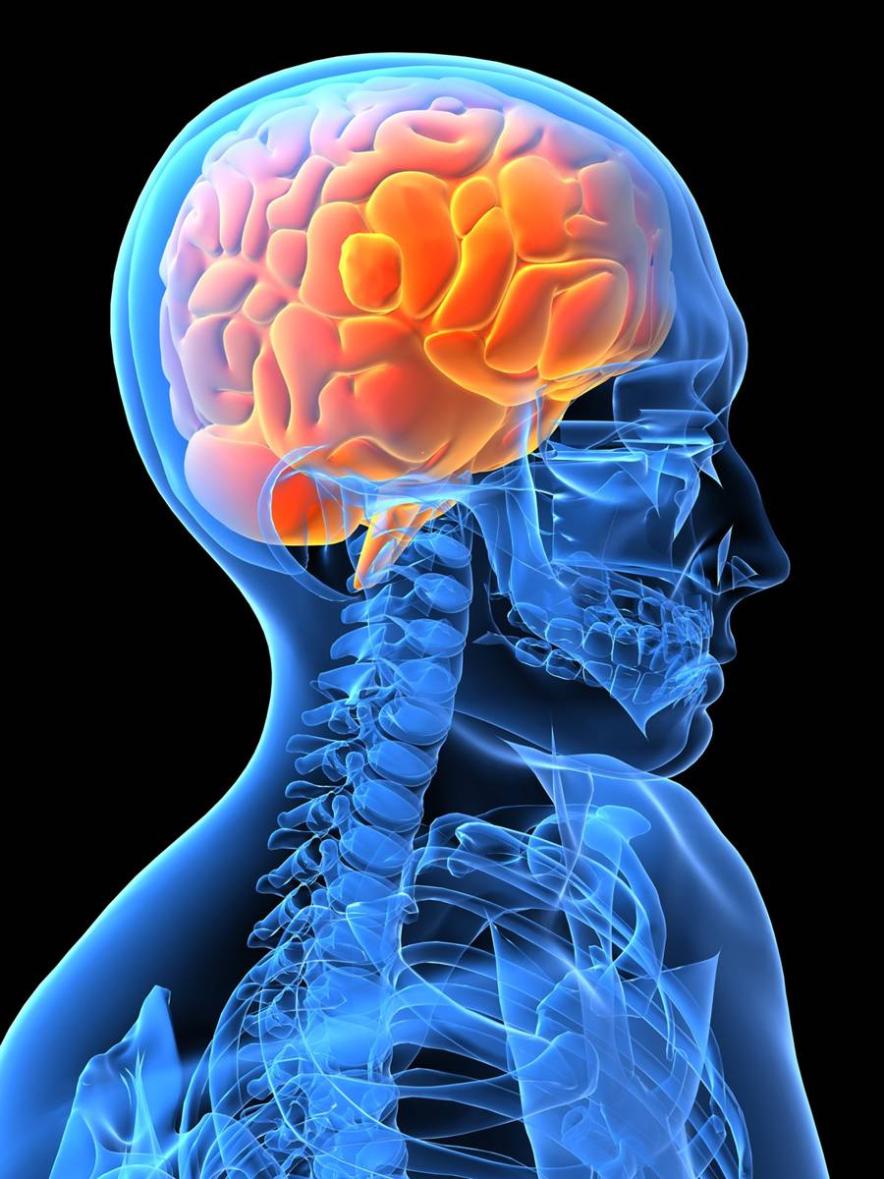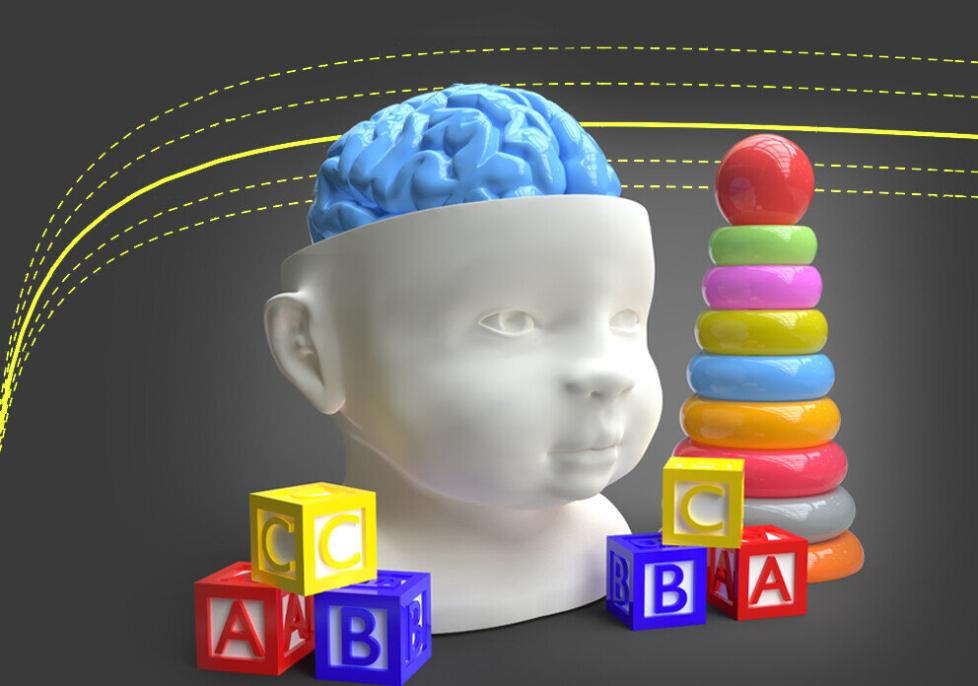What Are the Latest Advances in Brain Imaging Technologies?
Brain imaging technologies have revolutionized the way we study and understand the human brain. These technologies allow us to visualize the brain's structure and function in unprecedented detail, which has led to major advances in the diagnosis and treatment of neurological disorders.

Recent Advances In Brain Imaging Technologies
In recent years, there have been a number of significant advances in brain imaging technologies. These advances have made it possible to obtain images of the brain with greater resolution, sensitivity, and specificity than ever before.
Structural Imaging Techniques
- Magnetic Resonance Imaging (MRI): MRI is a non-invasive imaging technique that uses magnetic fields and radio waves to create detailed images of the brain. MRI can be used to visualize the brain's anatomy, as well as its function.
- Functional MRI (fMRI): fMRI is a type of MRI that measures changes in blood flow in the brain. These changes in blood flow are associated with neural activity, so fMRI can be used to map the brain's functional organization.
- Diffusion Tensor Imaging (DTI): DTI is a type of MRI that measures the diffusion of water molecules in the brain. The diffusion of water molecules is affected by the structure of the brain's white matter tracts, so DTI can be used to visualize these tracts.
- Magnetic Resonance Spectroscopy (MRS): MRS is a type of MRI that measures the levels of different metabolites in the brain. These metabolites are involved in a variety of brain processes, so MRS can be used to study these processes.
- Computed Tomography (CT): CT is an X-ray imaging technique that creates detailed images of the brain. CT is often used to diagnose brain tumors, strokes, and other structural abnormalities.
- Cone Beam CT: Cone beam CT is a type of CT that uses a cone-shaped X-ray beam to create images of the brain. Cone beam CT is faster and delivers a lower radiation dose than conventional CT.
- Dual-Energy CT: Dual-energy CT is a type of CT that uses two different X-ray energies to create images of the brain. Dual-energy CT can be used to distinguish between different types of tissues, such as bone and soft tissue.
- Positron Emission Tomography (PET): PET is a nuclear medicine imaging technique that uses radioactive tracers to visualize the brain's metabolism. PET can be used to study a variety of brain processes, such as glucose metabolism and neurotransmitter activity.
- Fluorodeoxyglucose (FDG) PET: FDG PET is a type of PET that uses the radioactive tracer FDG to visualize glucose metabolism in the brain. FDG PET is often used to diagnose brain tumors and other metabolic disorders.
- Carbon-11-labeled Pittsburgh Compound B (PiB) PET: PiB PET is a type of PET that uses the radioactive tracer PiB to visualize amyloid plaques in the brain. Amyloid plaques are a hallmark of Alzheimer's disease, so PiB PET can be used to diagnose and track the progression of this disease.
Functional Imaging Techniques
- Electroencephalography (EEG): EEG is a technique that measures the electrical activity of the brain. EEG can be used to diagnose and monitor a variety of neurological disorders, such as epilepsy and sleep disorders.
- High-Density EEG: High-density EEG is a type of EEG that uses a large number of electrodes to record the brain's electrical activity. High-density EEG can provide more detailed information about the brain's function than conventional EEG.
- Magnetoencephalography (MEG): MEG is a technique that measures the magnetic fields produced by the brain's electrical activity. MEG can be used to study the brain's function with high temporal resolution.
- Near-Infrared Spectroscopy (NIRS): NIRS is a technique that measures changes in the absorption of near-infrared light in the brain. These changes in absorption are associated with changes in blood flow and oxygenation, so NIRS can be used to study the brain's function.
- Transcranial Magnetic Stimulation (TMS): TMS is a technique that uses magnetic fields to stimulate the brain. TMS can be used to study the brain's function and to treat a variety of neurological disorders, such as depression and Parkinson's disease.
Applications Of Advanced Brain Imaging Technologies
Advanced brain imaging technologies have a wide range of applications in both clinical and research settings.
Clinical Applications
- Diagnosis and monitoring of neurological disorders: Brain imaging technologies can be used to diagnose and monitor a wide range of neurological disorders, including stroke, epilepsy, multiple sclerosis, and Alzheimer's disease.
- Preoperative planning and guidance: Brain imaging technologies can be used to plan and guide surgery for brain tumors and other brain disorders.
- Evaluation of treatment response: Brain imaging technologies can be used to evaluate the response of brain tumors and other brain disorders to treatment.
Research Applications
- Understanding brain function and connectivity: Brain imaging technologies can be used to study the brain's function and connectivity in healthy individuals and in individuals with neurological disorders.
- Investigating the neural basis of behavior: Brain imaging technologies can be used to investigate the neural basis of behavior, such as learning, memory, and decision-making.
- Developing new treatments for neurological disorders: Brain imaging technologies can be used to develop new treatments for neurological disorders by identifying new targets for drugs and other therapies.
Challenges And Future Directions
While brain imaging technologies have made great strides in recent years, there are still a number of challenges that need to be addressed.
- Limitations of current brain imaging technologies: Current brain imaging technologies have a number of limitations, including their cost, their invasiveness, and their limited resolution and sensitivity.
- Ethical considerations in brain imaging research: The use of brain imaging technologies in research raises a number of ethical considerations, such as the need to protect the privacy of research participants and the need to ensure that research is conducted in a responsible and ethical manner.
- Emerging trends and future developments: There are a number of emerging trends and future developments in brain imaging technologies that are expected to have a major impact on the field. These trends include the development of new imaging modalities, the use of artificial intelligence to analyze brain imaging data, and the integration of brain imaging technologies with other medical technologies.

Brain imaging technologies have revolutionized the way we study and understand the human brain. These technologies have led to major advances in the diagnosis and treatment of neurological disorders, and they continue to hold great promise for the future.
As brain imaging technologies continue to develop, we can expect to see even more advances in the diagnosis and treatment of neurological disorders. We can also expect to see these technologies used to gain a better understanding of the human brain and its role in behavior, cognition, and emotion.
YesNo

Leave a Reply